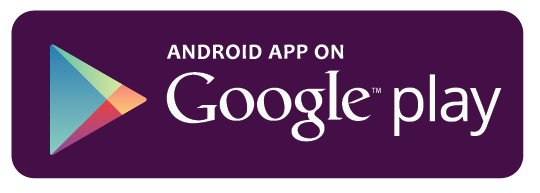Project teams and operational teams alike waste a lot of time on status meetings. These status meetings are typically used to exchange information in real time about the status quo and about the next steps. That’s a waste of everyone’s time and energy.
In a previous blog we discussed two main principles that fundamentally improve meetings:
- Only discuss in a meeting what truly belongs there.
- Create ownership for participants in advance.
Most status meetings go wrong with point one, already. Sharing information that’s readily available is something you want to avoid as much as possible. But that’s exactly what a lot of status meetings waste a lot of time on. But point two is also often gotten wrong. Ideally, people are asked to give an update before the meeting. But in most cases that doesn’t happen. And even if it does happen, participants rarely have the chance to also give feedback and ask questions in advance.
Of course, status meetings can be useful. But how do you know if it’s necessary to physically meet for one? You can only determine that by making sure that everyone shares status updates with each other in advance. From there it will become clear if, for example, complex decisions have to be made, or that milestones are at risk of not being achieved, or that people have lost their focus on certain goals, or that there is a lack of trust. If that subsequently affects a big part of the team, a status meeting is justified.
The stand-up often overshoots its mark
As an example, let’s take a look at the stand-up. The stand-up is a status meeting within the scrum-methodology, in which teams in short cycles work toward an intermediate goal and then adjust based on the things they’ve learned. The goal of the stand-up is to align interpersonal dependencies. Every day or week, team members one by one answer the following three questions in a live meeting:
- What have you achieved since the previous stand-up?
- What will you achieve before the next stand-up?
- Which obstacles are in your way in doing so?
Without a doubt, it’s a good idea to answer these questions. But why do so during a live meeting? People often only start to think about what they want to say once they’re standing in the circle. This means that, in that moment, they’re not listening to what others are saying. Subsequently, team members often rely on only one or two other people; the rest of the input is of lesser relevance.
Lastly, there is limited time available for asking questions, often causing the desired insight to arise in a conversation after the meeting. The result is that an unnecessary amount of time is spent to only get a general idea of “what everyone is doing.” This is time that you could have spent on the important bottlenecks or making a difficult decision. It’s easy to think light of that, but a daily stand-up of 15 minutes with 6 people takes up an entire day’s worth of collective work time every week.
Continual dialogue, less meetings
There’s a better way to do that. At the least, questions one and two can be communicated and aligned on a continual basis – in writing. Team members can share what they’ve achieved and want to achieve with each other in their own time. Only with question three does the stand-up potentially become relevant, because that’s where obstacles are addressed. But that also doesn’t require a live meeting. If people can ask questions and help each other in their own time (preferably transparently for the entire team), almost all obstacles will be readily dealt with. Each obstacle usually only requires two or three people, definitely not the entire team. If unsolved bottlenecks do arise, the status meeting becomes relevant. That’s how you truly create a continual dialogue. And precisely that is the goal of the stand-up.
Prevent unnecessary stoppage.
To illustrate, I often use the traffic light metaphor. During a status meeting everyone tells if their traffic light is red, orange or green. If you already know in advance (because of a continual dialogue) that all traffic lights are green, let people cruise along. Only start contemplating a status meeting if there are red traffic lights. And even if that’s the case, is it really necessary that everyone stop in their tracks because of one person’s red traffic light? Or can you turn their traffic light green without a status meeting as well? In that way you lose less time, maintain the focus and keep your organisation more agile.
The methodology described above perfectly aligns with Lean and Agile (which scrum is a part of). We will further elaborate on this in an upcoming blog.



